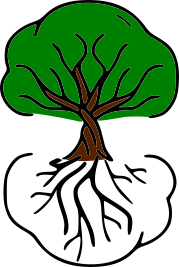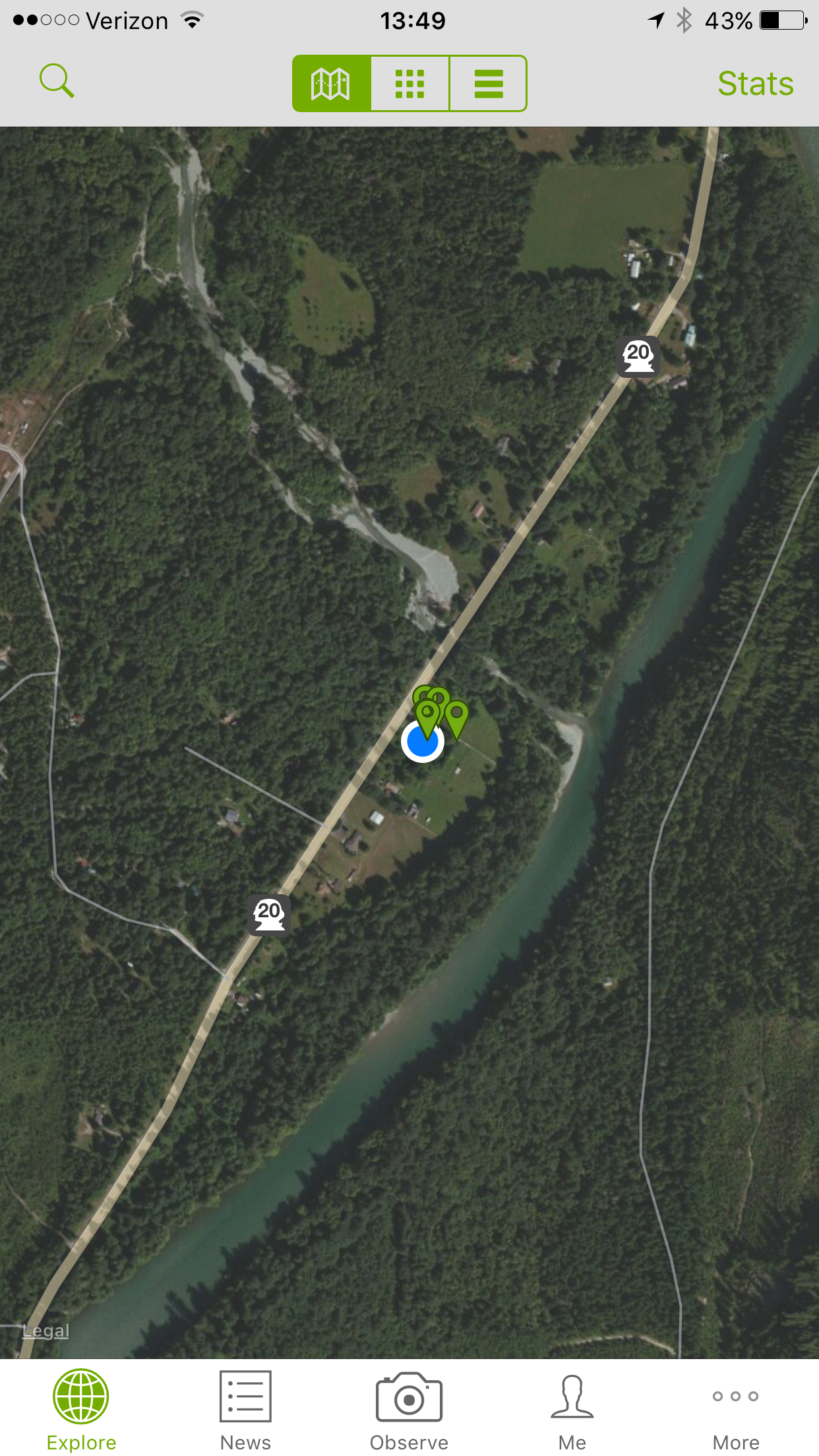Are your candles ready? Because this summer the National Park Service turns 100!Instead of getting America’s best idea a birthday cake or a gift card, they want only one thing for this special occasion: to get all citizens involved with America’s outdoors. One of the easiest ways to get involved is through their BioBlitz:
A BioBlitz is a 24-hour event in which teams of volunteer scientists, families, students, teachers, and other community members work together to find and identify as many species of plants, animals, microbes, fungi, and other organisms as possible. In 2016, BioBlitz goes national. The cornerstone National Parks BioBlitz: Washington, D.C. will take place May 20-21, with more than a hundred concurrent BioBlitzes happening at national parks across the county. -National Park Service
One of those concurrent BioBlitzes is happening in the North Cascades National Park. We at the North Cascades Institute can’t wait to participate this weekend in the events happening all over the region. On the checklist of preparation are just two things:
- Sign up to join a BioBlitz species inventory (including but not limited to lichens, fungi, mosses, beetles and squirrels)
- Download the free iNaturalist app and join the North Cascades National Park 2016 BioBlitz project
When I downloaded the app and explored my own backyard, I was not only preparing for the BioBlitz but also learning something about the place that I have been living at since December.
Coastal Redwood in front of the Blue House.
Since this winter I have been living at the Blue House (home of Blue House Farm) located in Marblemount, WA. When I first moved in I took a walk around the yard, to see who my natural neighbors were. The tree pictured above, however, was an enigma. Going through the laundry list of native trees, I couldn’t quite pinpoint the species.
“For sure not a cedar, because the needles are not scaly. The bark is all off for a hemlock or a douglas fir…” I went on like that for quite some time.
When iNaturalist was first introduced to me it was described as “Facebook for naturalists and natural things.” Users post a picture with the species of whatever they found and their phone grabs the location. When users look at a map (like the cover photo of this post) they can see where posts have been made across the country and in their local area.
If you don’t know what species it is (like myself and the tree in the yard) you can put something like “Plant” or “Something.” So identifying that I found a plant in my front yard, I felt excited to see what others had to say about the tree.
ID page for my Coastal Redwood. Thanks ajwright!
A few days later I received a notification saying “ajwright has IDed one of your observations!” When I went to check on what he said, I honestly laughed out loud at first. “Coastal Redwood?! You have got to be kidding me! I don’t live by the coast and we don’t have redwoods here.”
But I thought I would humor ajwright and look once again at the tree with my id book open to Coastal Redwood. To my amazement everything checked out. The needles, bark, even the cones! So I jumped back online, hit “Approve Identification” and finally learned what the tree was (along with some humility).
iNaturalist page for the BioBlitz project.
So yes, the BioBlitz is an amazing experience to naturalize and connect with others. But that experience doesn’t just have to happen there! From the tallest peaks to our backyards and everywhere in between, there is a tone to explore.
What are you doing this weekend?
*I originally wrote this article for Chattermarks, the official blog of the North Cascades Institute. You can find all of my posts on Chattermarks here.





